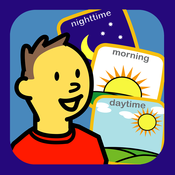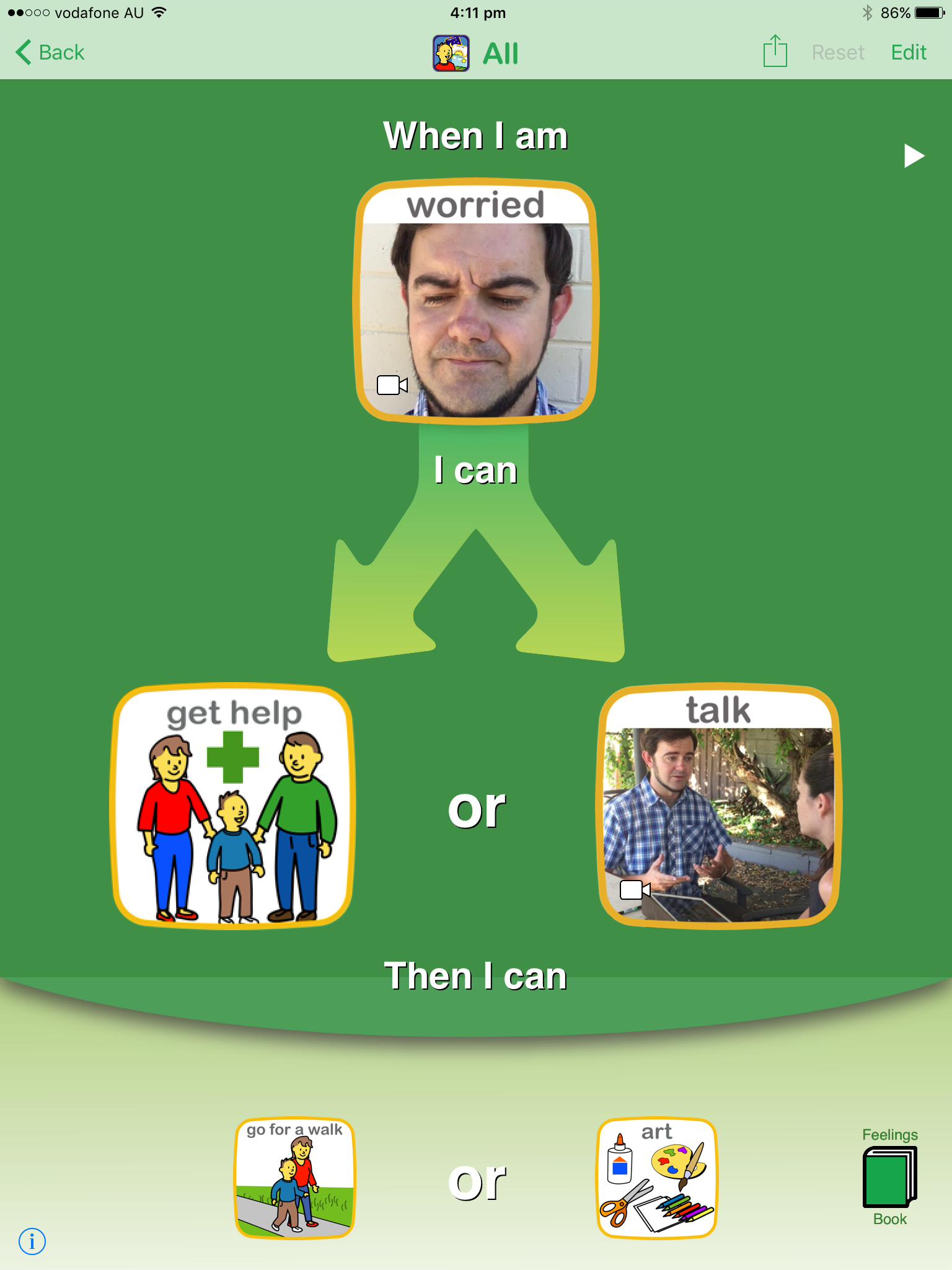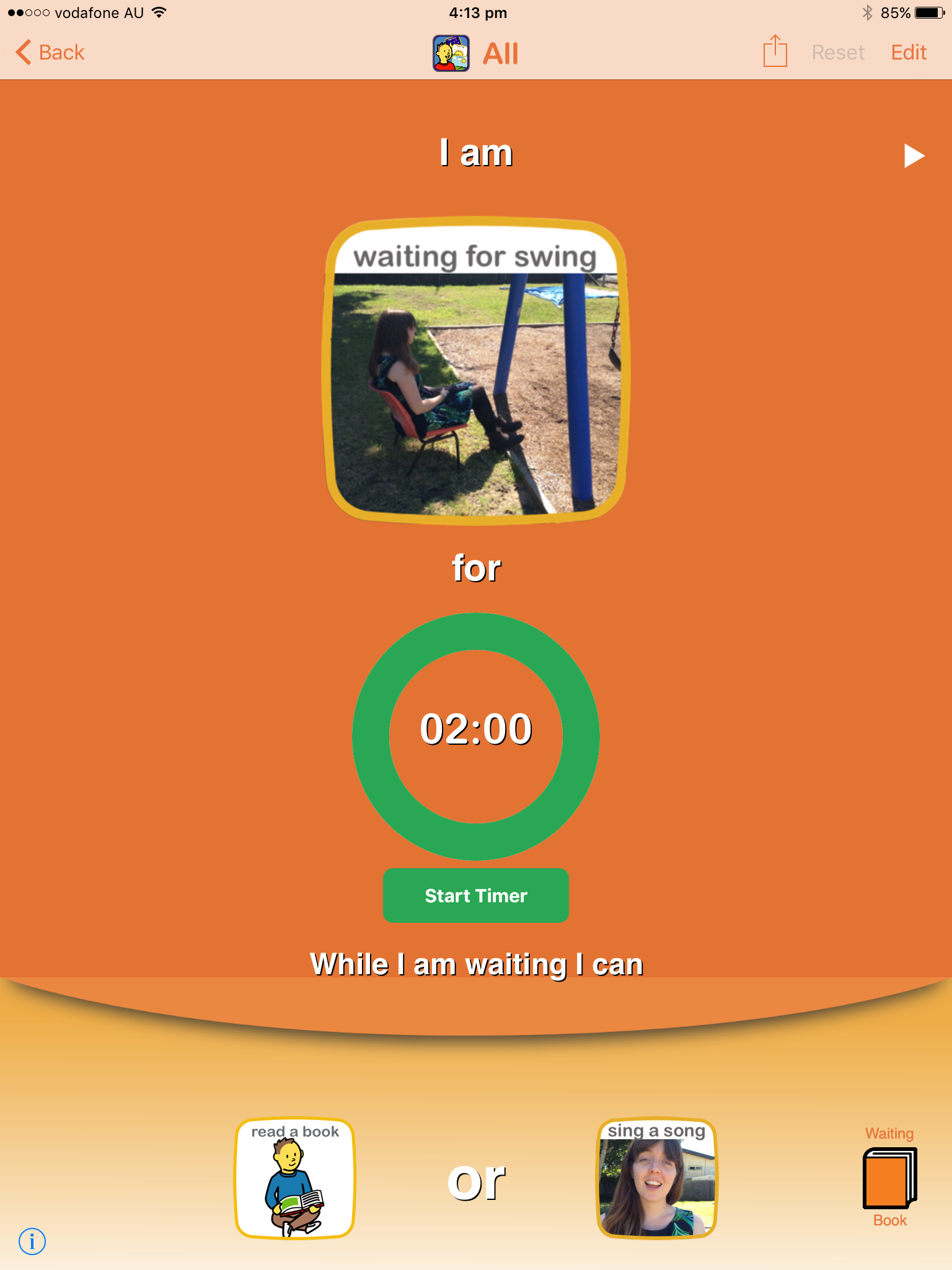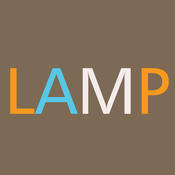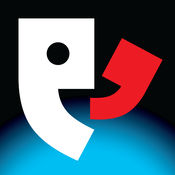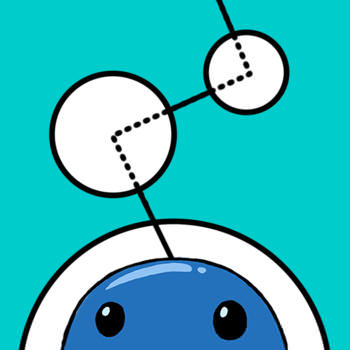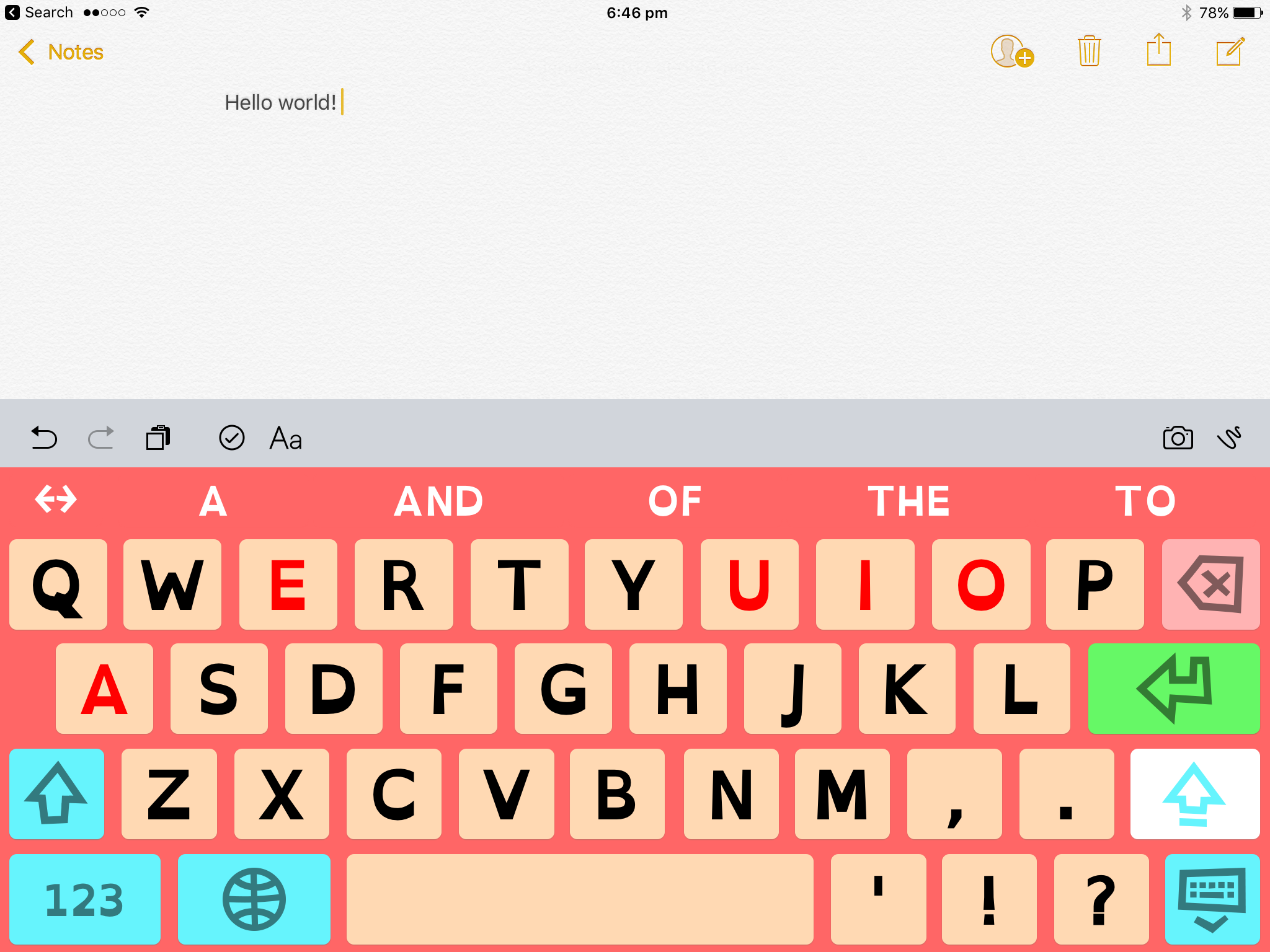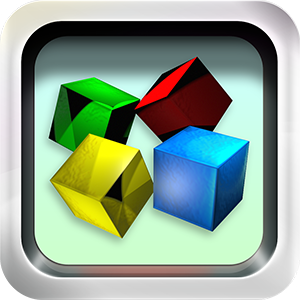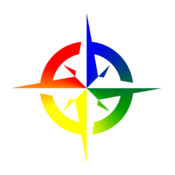It feels like every week there is another huge leap forward with iPad apps that are released to open up enhanced creative methods with which to engage the educational needs of our students. With over two million available apps, it’s good to have a bit of a guide sometimes before heading in. Since the release of the iPad I have worked on putting together the best collections of apps that work well specifically for students on the autism spectrum - on my website here you will find all of the free books, iTunes U courses and blog posts that detail the innovative ways we use iPad across our Aspect Hunter School for children with autism. Two books, ‘The iPad Model Classroom’ and ‘Minecraft in your Classroom’, are terrific introductions to our methods. You can also find our work featured on Apple.com - we are the only school in Australia, and the only special education school in the world, to be featured on the website due to our world class understanding and use of iPad.
To start the 2017 school year, I thought it was time to summarise some of the key iPad apps that our school will be using across our classrooms. These apps address both core competency needs (communication, social skills, emotional regulation) and academic needs. The apps are predominantly pitched at the early childhood and primary school years as this is the majority population of our school, with some apps that are very effective in our high school classes as well.
If you know of any apps that I haven’t listed here that you think should be in a Special Educators toolbox for 2017, leave them in the comments below and I’ll add them to this page. If you are interested in any of the workshops or consultancy opportunities I’ll be running this year with Autism Spectrum Australia, you can contact me on Twitter at @wrenasmir
Communication
When we talk about communication needs, we are looking at ways to help our students best receptively process information that we share with them, and we are looking at the ways to help our students best communicate information they want to share with us.
ChoiceWorks
The first app in your Special Education toolbox should be ChoiceWorks. ChoiceWorks is an app that provides some very important functions - it allows you to create visual timetables very quickly, using photos and videos that the app comes with or with ones that you can photograph and import yourself. It also allows you to create emotional choice boards, providing students with clear pathways for emotional regulation choices that they can practice, as well as a waiting board to help students wait for their turn, or wait for an activity to finish, or anything else that you'd like to customise it for.
ChoiceWorks Calendar
ChoiceWorks also make a companion app, ChoiceWorks Calendar, that allows you to create calendars that can be viewed on a monthly, weekly and daily view, with the ability to create customised visual timetables for each day of the week as part of a bigger calendar. We find this to be extremely useful for termly calendars, and we have parents who have started using it for themselves and their family to help schedule busy weekly events.
Articulation Station Pro
While there is no substitute for a quality speech therapist, there are some apps that can be used well in conjunction with speech therapy goals. One of these, an app that focuses on verbal articulation, is Articulation Station Pro. This app allows you to select letter sounds to focus on, practicing the initial, medial or final sounds through a range of flash cards and interactive activities. Children can record their own voices over the activities, and you can keep track of successes or challenges with particular sounds to guide further focus on these areas later.
Establishing a communication system for a student with autism is a process that requires collaborative input from the child, family, speech therapists and educators to best ensure that a system meets all the needs of the child and can be successfully implemented with consistency across home and school environments. The apps are positioned in the higher price bracket due to the incredible sophistication of the software in allowing it to be a fully functional communication system on your iPad. The apps I've noted above - Words For Life, Proloquo2Go, Proloquo4Text and Aacorn - all serve both similar and different purposes, depending on the child and the system that is going to best work for them. We have had success with all four - one of our Aspect schools, on the South Coast of Sydney, have been doing extensive work using Words For Life across classrooms for a number of years now and have developed a number of terrific resources for it that I am very impressed with.
Proloquo2Go
Keedogo Plus
One of my favourite things to show people when we are exploring best use of iPad in the classroom is the way you can install new keyboards to provide you with the most suitable typing experience for your student. Keedogo Plus is one of the most popular ones in our school, as it provides colour differentiated keys that work well for providing visual clarity with our students (students with Landau Kleffner student have particularly liked the colour differentiation of the keys) and it has a terrific word anticipation brain built into that can help you to think about what the next word in your sentence should be (if you type in 'good' it offers 'morning', 'night', 'luck' and so on as your best potential next word). There are many other apps in this some style too - just search for keyboards in the App Store, and perhaps add something like 'dyslexia' to your keyboard search for options specifically related to supporting dyslexic needs.
Social Skills
There is little that I look more forward to with app releases then the release of a new Toca Boca app. Toca Boca is a company that make beautiful looking apps with no ads and a terrific play based educational philosophy behind them that make their apps the perfect tools for social skill practice and discussion in our classrooms. You have apps that encourage collaborative play with a friend, such as Toca Tea Party and Toca Shop, you have apps that can help with social sensory needs such as getting a haircut with Toca Hair Salon Me, and you have games that allow you to act out social situations such as in Toca School and Toca City.
One of our favourite things to do with an app like Toca School is to use the record feature in the app to record little social scenarios that we play out on the playground or in the class, which then allows us to talk about what's happening in those situations. As well, we often take screenshots inside the app and then put those screenshot images into an app like Book Creator or Explain Everything to create a little book or presentation where students can further annotate and describe what is happening in that particular school scene.
Toca School screenshot that we've imported in Book Creator to further annotate.
The Social Express II
The Social Express II is a subscription based app that provides you with a range of interactive webisodes that works through student social skills, ranging from skills such as 'What do to when you sneeze' through to 'Learning to be flexible' and 'Planning a get-together with friends'. We have a number of classes who have found it a very useful app to talk through social scenarios and quiz students on what decision they would make in a particular situation. You can try the app for free by logging in as a demo user.
Emotional regulation
A very important skill for children to acquire is the capacity to emotionally regulate themselves when they are in all variety of situations. This means being able to recognise how they are feeling and to then choose an appropriate strategy to help respond to this feeling and hence regulate themselves to an emotional space that helps them to best manage the situation. We've huge fans of the Zones of Regulation program at the Aspect Hunter School, and luckily there are some terrific Zones of Regulation apps that have been a big help in our program.
The original Zones of Regulation app provides a good foundation, in support of the workbook program, on understanding the different emotional zones and how to recognise and respond to them. The follow up app, Exploring Emotions, provides further features and opportunities to not only better understand your emotions, but also to track them, with a fantastic data tracking opportunity where you can set up a timetable for your day and then emotionally track how you are feeling across the different events of the day.
Exploring Emotions, 'Zones Across the Day'
Academic
The number of fantastic academic apps on the App Store are so plentiful it's hard to do justice here to all that is there. I will share a few of my favourites, but first let me show you where you should head in the App Store to best explore this side of the store. First, when you open the App Store you'll be on the Featured part of the store - scroll down the bottom of the screen until you find 'Education' (take note of the 'Accessibility' section as well, it has additional apps very applicable to the needs of children on the autism spectrum). Tap the 'Education' word and you'll be taken to the Education section of the App Store. Have a good look around here, there are always terrific resources to suit particular times of year, such as for Hour of Code, or for Anzac Day, and other events across the year. In the screenshots below you'll see a tile on the Education page called 'Learning at Every Grade' - tap on this and you'll be taken through to a page that lets you choose the grade level you want to find apps within, which then leads you to key learning areas to choose from. Explore all of these sections to get a handle on the best academic apps, the page is updated regularly to reflect new apps that come out.
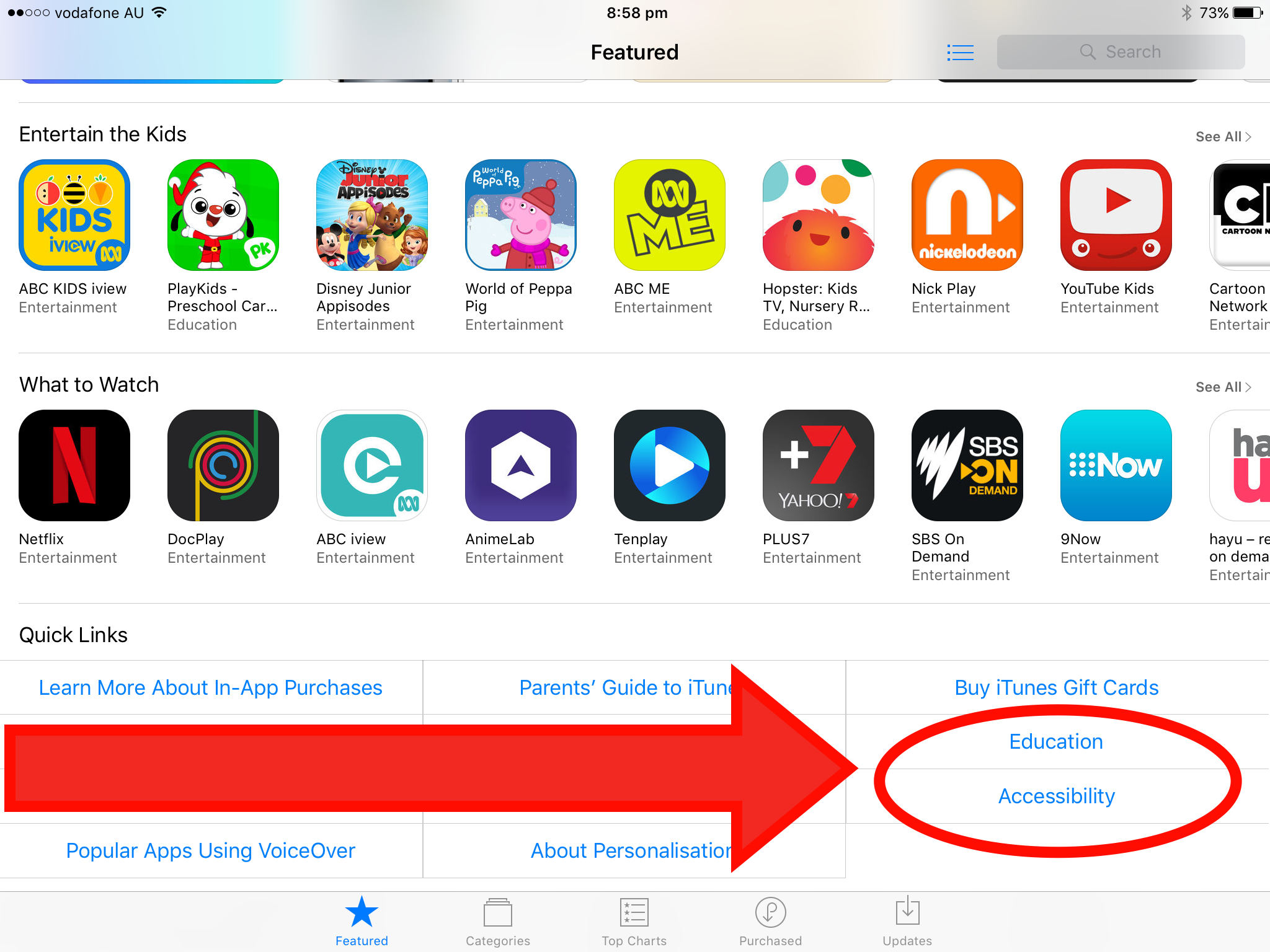
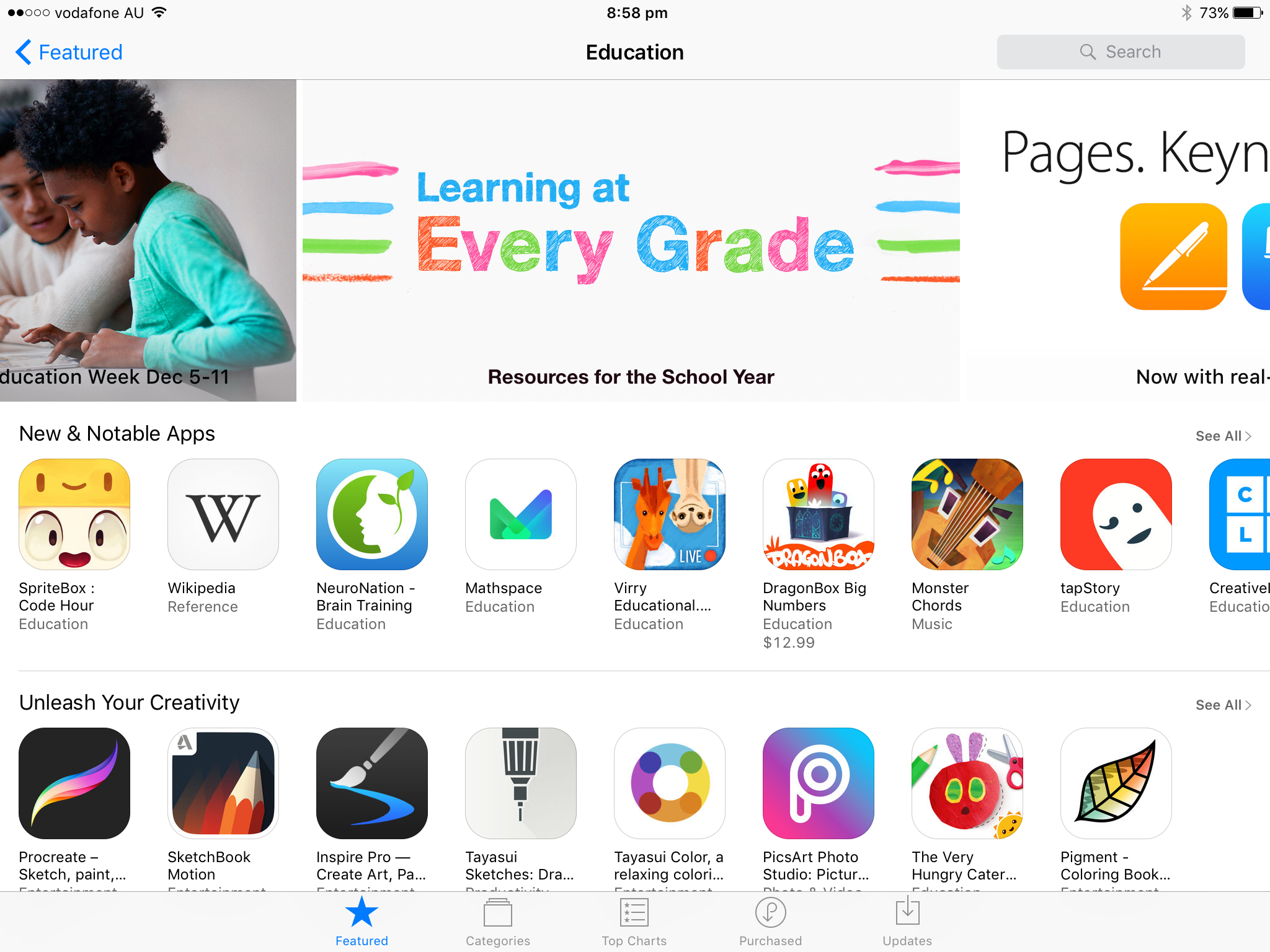
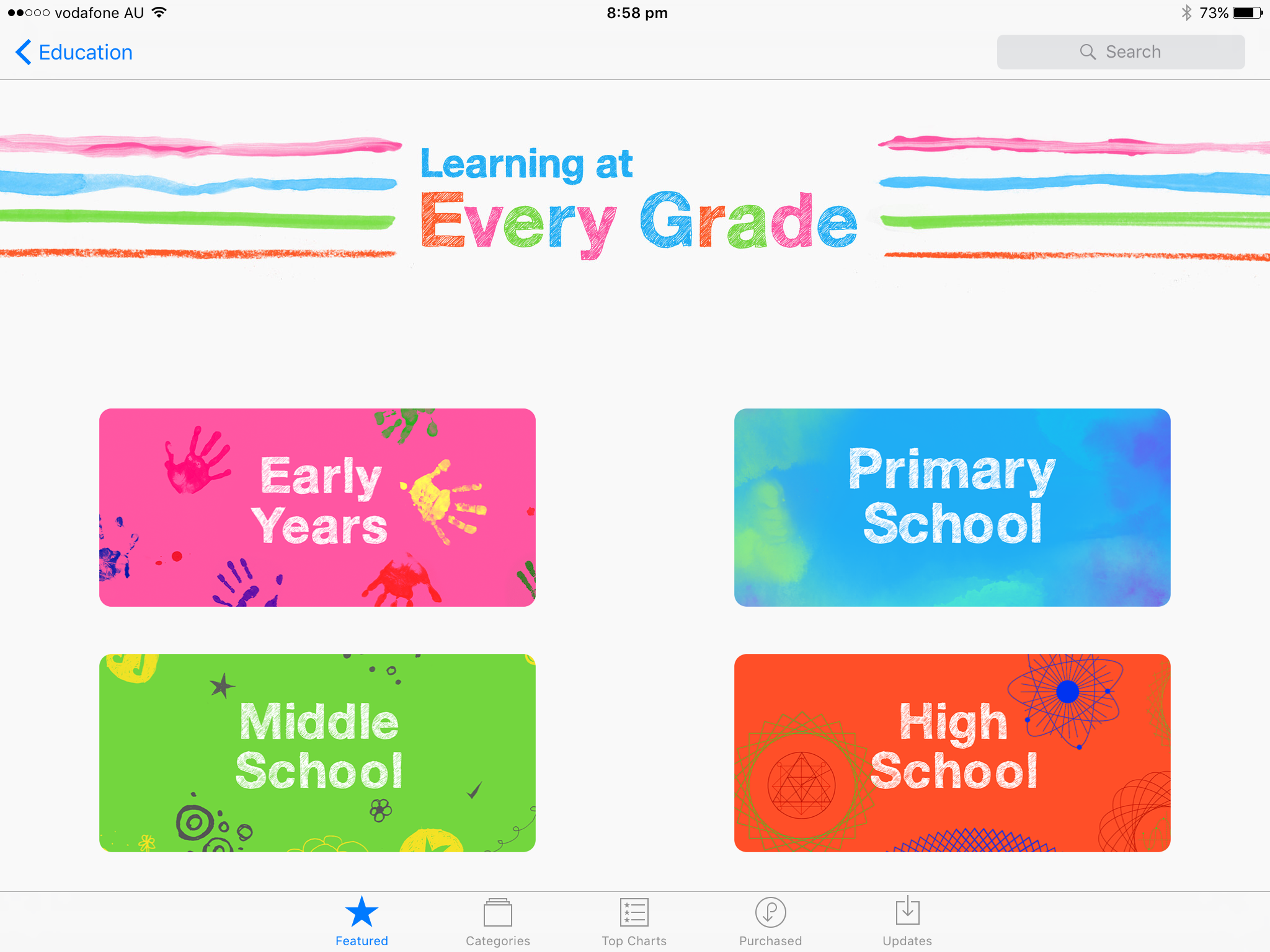
Literacy
My favourite literacy apps for our students are the Reading Doctor series of apps. They are an Australian developed literacy series by a speech therapist who completed his doctoral studies in understanding how mnemonics help students to remember phonics and language constructs. Our students have had a lot of success with the apps with regards to learning letter sound correspondence and word decoding skills - they use a strong visual reinforcement system that beings with visual associations between images and letters, for example the letter 'a' is represented by an apple, an 's' is a snake, and so on. As students learn to associate the apple with an 'a', it fades out the apple and just leaves the letter 'a', reinforcing the sound of the letter in the child's mind. There are a whole range of Reading Doctor apps that you can check out that focus on different areas such as Letter Sounds through to Blending Sounds and Sight Words.
Numeracy
Thank you to Peta who left this link for free Math Learning Centre apps in the comments section of this blog (http://catalog.mathlearningcenter.org/apps), I have not come across these apps before but after exploring them this morning, I definitely agree that they would be useful for your app toolbox this year. Clear, no fuss apps that explicitly provide a space in which to visually explore mathematical concepts on topics including fractions, using number frames and number lines, pattern shapes and many more. Check them out on the link above and download them straight to your iPad.
This has also reminded me of another numeracy app that should definitely be in your toolbox, Math Shake by Top Storey Apps. Math Shake does something very unique - it places a focus on helping children to make sense of word problems in numeracy. Take an example like, Craig is visiting his friend Teresa's house at number 40 Aspect Street, and Craig is currently at number 20 Aspect Street - how many houses will Craig need to walk past to get to Teresa's? Math Shake provides tools that allow this word problem to be broken down into smaller parts, and then provides a canvas that allows children to visualise and solve the problem. Very clever, make sure to check it out.
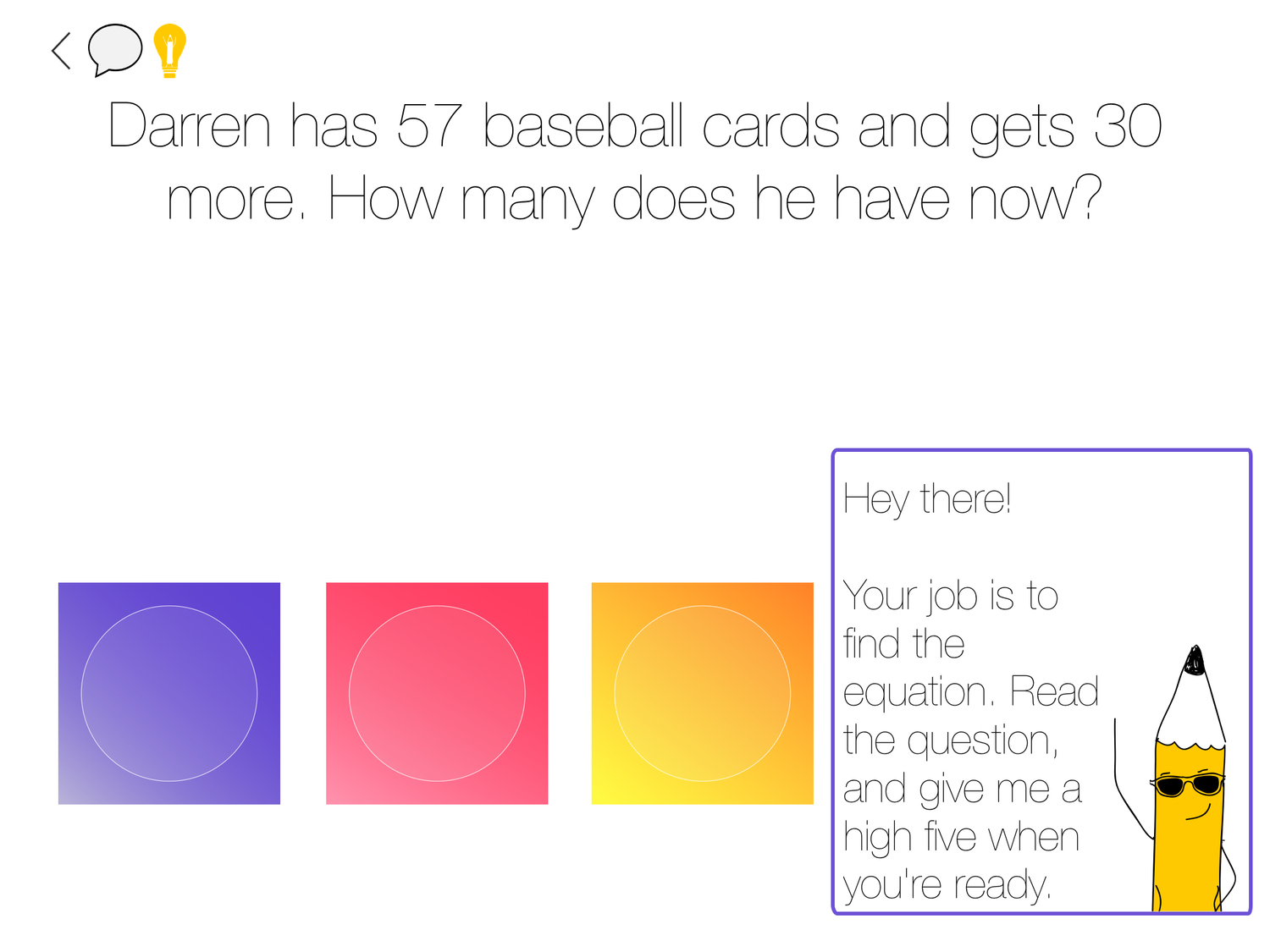
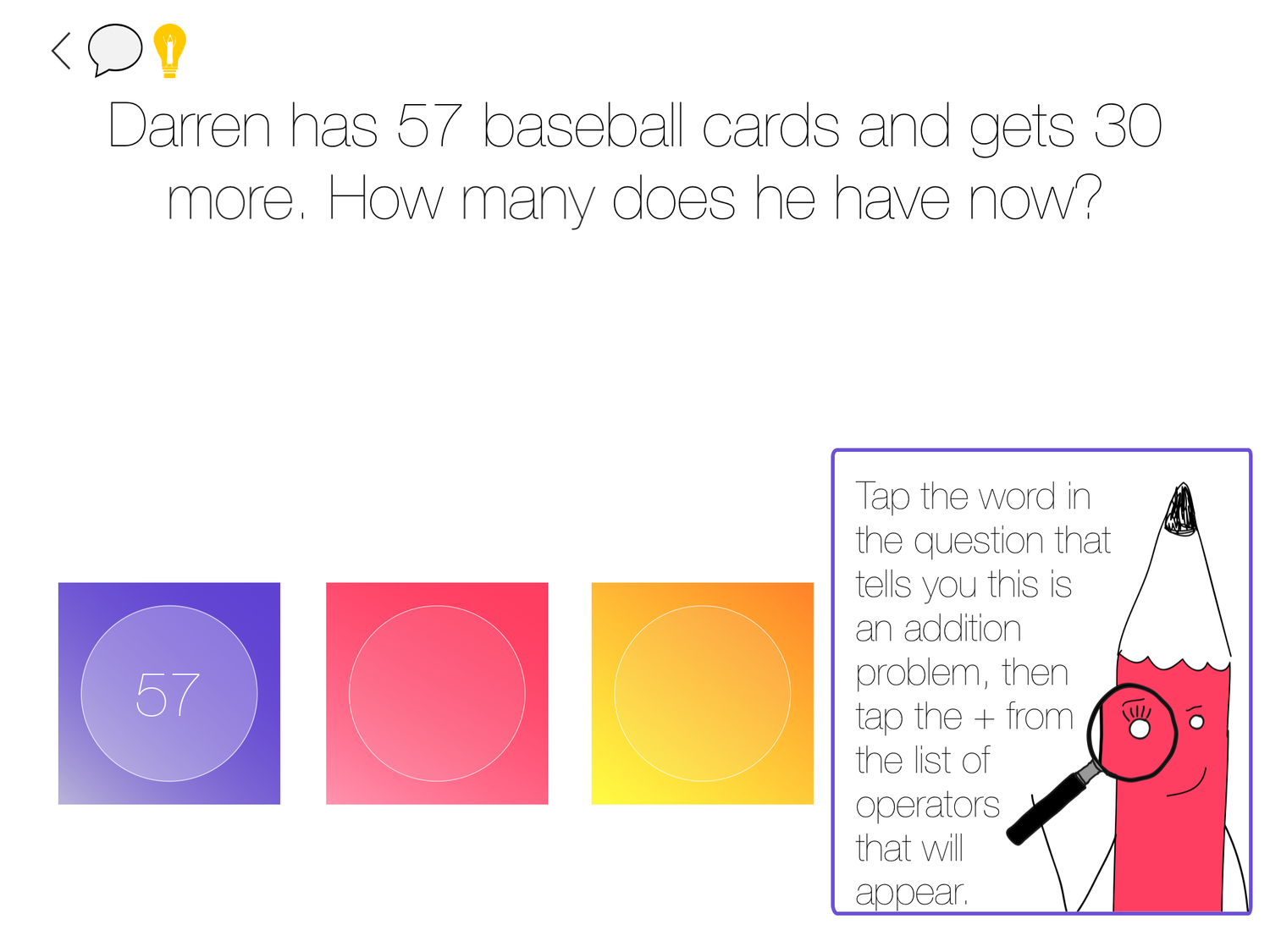
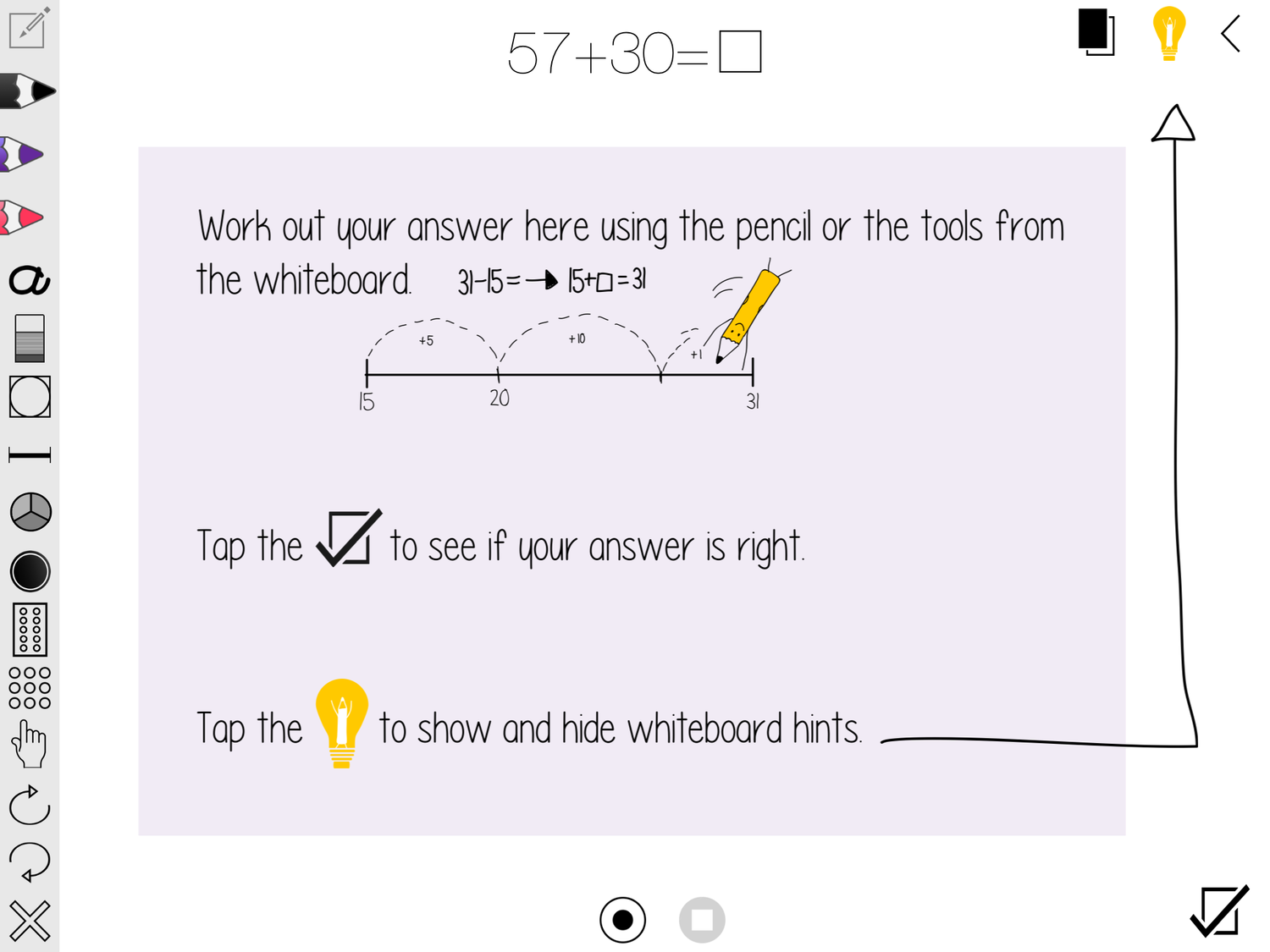
science
You can't go wrong with the Tiny Bop series of apps - they are beautifully designed and allow for terrific exploration of a range of scientific topics. Apps like 'The Human Body' show children how the inside of our bodies function, with many different layers of body to remove and place back to understand all the happenings within, and apps like 'The Everything Machine' allow students to code and connect objects and machines together to invent new tools that can actually work on the iPad, such as creating a new tool to change how the camera on your iPad works. It's all very cool, just search for Tiny Bop in the App Store or go to www.tinybop.com for more information.
The range of current apps available on www.tinybop.com
More...
The best thing to do from here would be to further explore this website - particularly the Blog, Books and Projects sections - to find out about other apps that should be in your 2017 toolbox. I will be writing another post in a few days on some new tools we have picked up to work with our iPads this year, including new Osmo and Playdough resources. If you have any questions about anything iPad and special education related, please don't hesitate to contact me at @wrenasmir



